#cellcultureflasks
Text
Cell culture consumables commonly used in laboratories and their uses
Cell culture consumables are indispensable experimental tools in the cell culture process. Commonly used consumables include cell culture flasks, cell culture dishes, and cell culture plates. So what are their respective uses?
1. Cell culture dishes:
Cell culture dish is a laboratory vessel used for microorganism or cell culture. It consists of a flat disc-shaped bottom and a cover, usually made of glass or plastic. The materials of culture dishes are basically divided into two categories, mainly plastic and glass. Glass can be used for plant materials, microbial culture and adherent culture of animal cells. The plastic ones may be made of polyethylene, and are disposable or multiple-use. They are suitable for laboratory inoculation, streaking, and bacterial isolation operations, and can be used for the cultivation of plant materials.
Cell Culture Dishes
2. Cell culture plates:
Cell culture plate can be divided into flat bottoms and round bottoms (U-shaped and V-shaped) according to different bottom shapes; the number of culture holes is 6, 12, 24, 48, 96, 384, 1536 holes, etc.; according to different materials, there are Terasaki plates and ordinary cell culture plates. Generally, flat-bottomed plates are used, while round-bottomed culture plates are mainly used for isotope incorporation experiments, and a cell collector is required to collect cells for culture. The cell culture plate is mainly made of PS material, and the material is treated sufface, which facilitates cell attachment, growth and expansion.
Cell Culture Plates
3. Cell culture flasks:
According to the shape, culture bottles are divided into wide-body culture flasks, triangular culture flasks and torsion-neck culture flasks. Some cells and tissues can grow in suspension, but a considerable number of mammalian cells need to adhere to the surface. Culture bottles can meet the needs of both suspension and adherent growth of cells.
Cell Culture Flasks
The above are just a few common cell culture consumables. Cell factory systems, disposable bioreactors, etc. all belong to the field of cell culture consumables. With the rapid development of the biological research field, cell culture consumables will maintain a rapid development trend in the future.
0 notes
Text
The Difference Between Cell Culture Flasks and Cell Culture Dishes
Cell culture is a very important experimental technology, and has become an indispensable research method in the fields of biopharmaceuticals, life sciences, and clinical transplantation. Cell culture must rely on cell consumables to achieve the conditions required for cell growth. Cell culture flasks and cell culture dishes are two common types. So what is the difference between these two consumables?
Cell culture flasks are suitable for long-term culture, subculture, and as seed cells. The bottle mouth is small and the cells are not easy to be polluted. Cell culture dishes are suitable for use in various experiments and temporary culture. The difference between the two lies in the level of safety factor and the number of cultured cells.
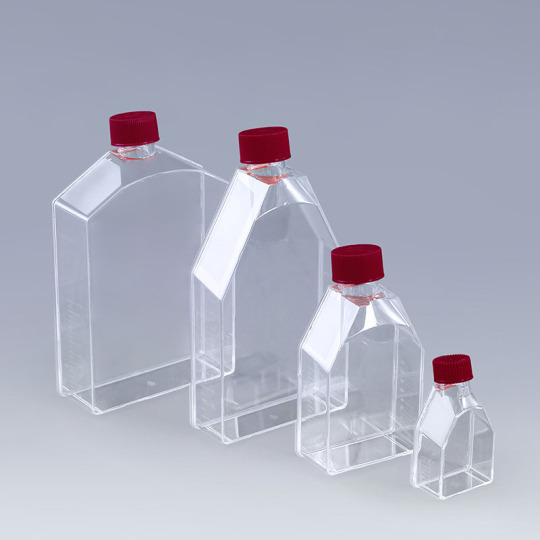
Cell Culture Flasks
It is better to use cell culture dishes for experiments with cells as carriers or objects, because the amount used is relatively small, saving cells, and petri dishes are more convenient for control experiments, but the cell culture dishes have larger openings and are relatively easier to contaminate, so more care must be taken during operation.
Cell culture flasks are used for primary culture of tissue blocks or easily contaminated cells. After the grown cells are subcultured, it can be determined according to personal preference. The area of the cell culture flask is large, so it can be used when a large number of cells need to be expanded.
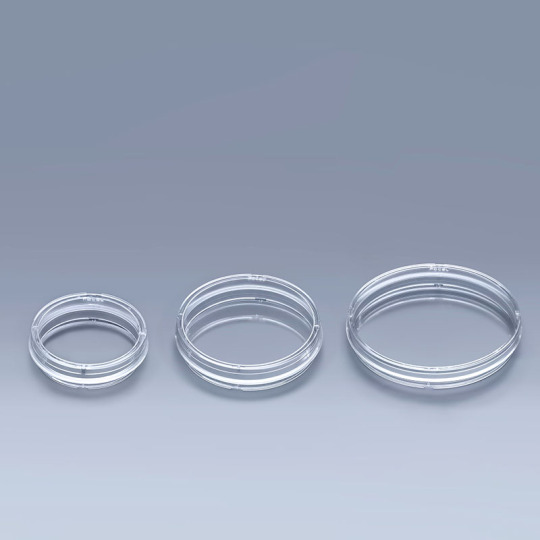
Cell Culture Dishes
Both cell culture flasks and cell culture dishes are containers used for microorganism or cell culture in the laboratory. The specific choice of consumables depends on the specific needs of the experiment, and the cell culture method should also be considered, whether it is suspension culture or adherent culture. Appropriate consumables are the basis for successful experiments.
0 notes
Text
Application of cell culture flasks in culturing Sf9 cells
Sf9 cells are Spodoptera frugiperda cells, which are usually used to produce various medicinal proteins and viruses, or for basic research. When culturing sf9 cells, the commonly used cell culture consumables are cell culture flasks.
Sf9 cells are derived from the Insect Pathology Laboratory of the United States Department of Agriculture and are derived from the IPLBSF-21 cell line. The cells are regular with particles and can be cultured in suspension or adherent culture. This cell has a high expression level (especially intracellular proteins), has a faster growth rate, effective protein folding, glycosylation is similar to mammalian cells, and relatively easy enzymatic deglycosylation (for protein structure determination) Favorable), is widely used in the expression of V LPs.
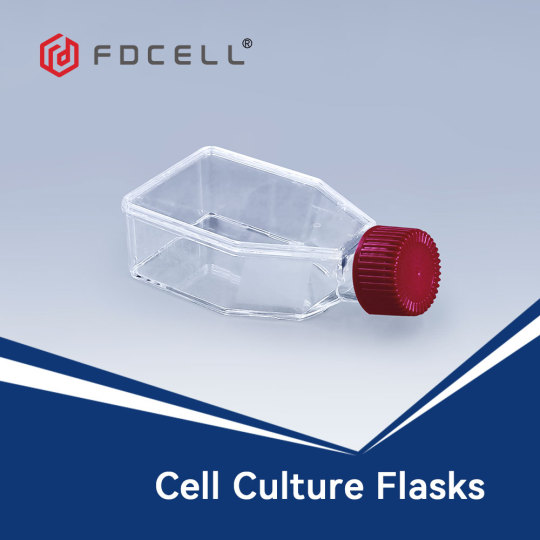
0 notes
Text
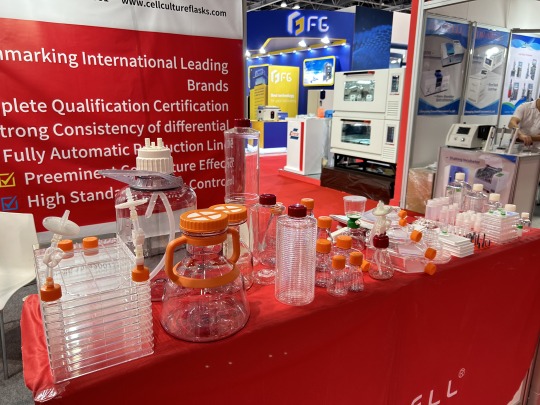
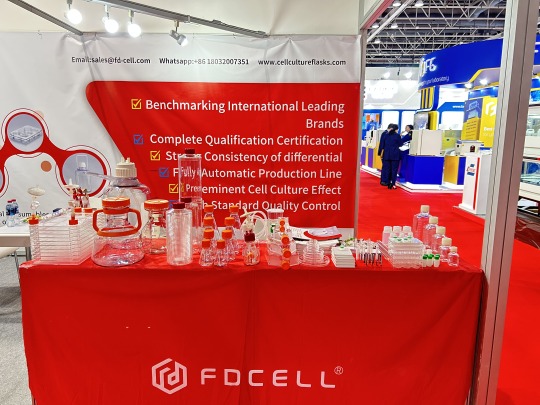
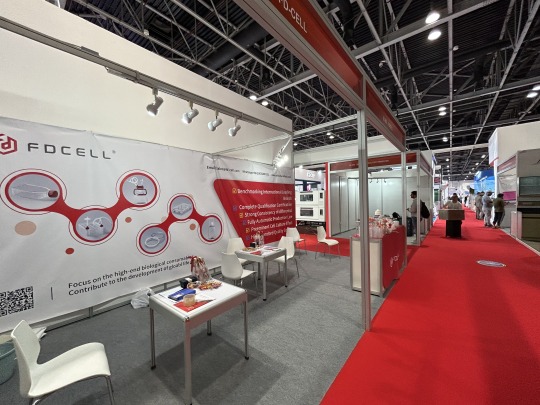
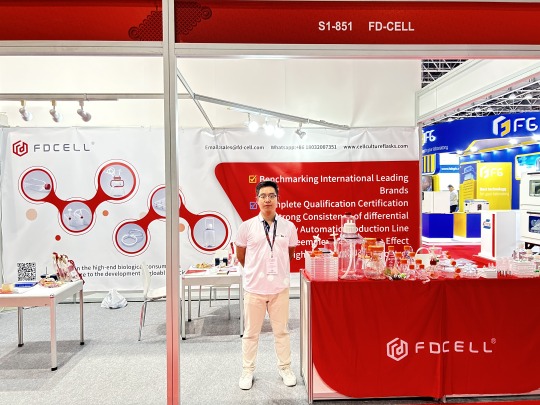
Welcome to come to our booth S1/851 at Arablab.
More: www.cellcultureflasks.com
#fudau#fdcell#cellfactory#cellfactorysystems#cellculturerollerbottles#petgmediabottles#cellcultureflasks#tflask#ARABLAB
0 notes
Text
The difference between the cell culture flask Sealed Cap and the Vent Cap
Cell culture flasks are mainly used for adherent cell culture, and cell culture scale-up in laboratory or industrial production processes. According to the different culture conditions, this cell culture container has two types of lids: Sealed Cap and Vent Cap. So, what is the difference between these two types of caps
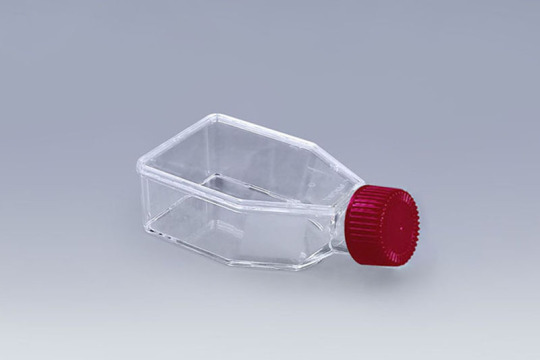
FuDau T25 Cell Culture Flasks
The sealing cap is completely sealed and is suitable for cell and tissue culture under sealed conditions, so that the culture environment is completely isolated from the outside world. The breathable cover has a hydrophobic filter membrane with a pore size of 0.22um, which can meet the needs of gas exchange in cell and tissue culture, and can effectively prevent cross-contamination. It is suitable for open culture conditions.
The two types of caps for cell culture flasks are first used in different environments. The vent cap is suitable for use in an environment with carbon dioxide, while the sealed cap is mainly used in a culture environment without carbon dioxide. Secondly, there is no ventilation hole on the surface of the sealing cover, and there is no filter membrane. If ventilation is required, the cover needs to be unscrewed by a quarter of a turn, while the vent cover has a filter membrane, and there are ventilation holes on the top of the cover, which can meet the needs of cell culture. The need for gas exchange.
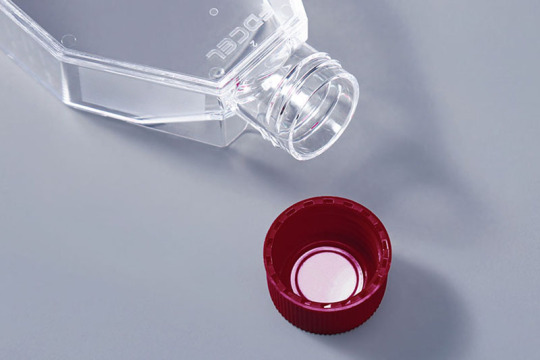
FuDau T75 Cell Culture Flasks
On the whole, the difference between the cell culture bottle sealing cap and the vent cap is mainly reflected in the application scenario and whether it has a filter membrane. No matter what kind of cap it is, it is to adapt to different cell culture needs, and it also reflects the different functions of cell culture containers.
0 notes
Text
T175 Flask
Fudau T175 flask use polystyrene (PS) raw materials, ultra-vacuum plasma surface modification(TC treated) process to enhance the adherence performance of the cells, providing more conducive growth environment to the cells.
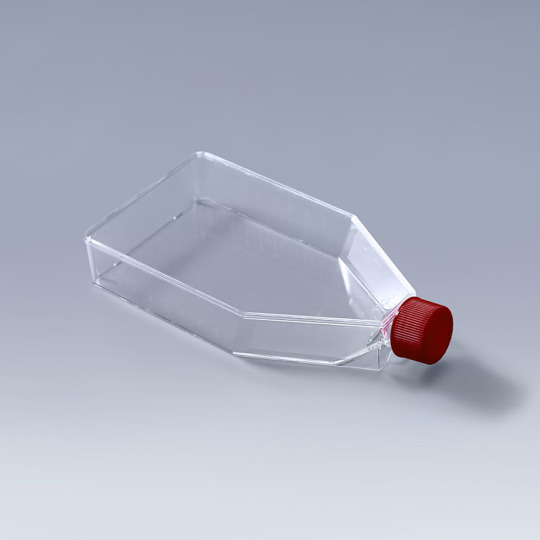

0 notes
Text
FuDau will participate in the LABVOLUTION 2023
FuDau will participate in the LABVOLUTION 2023
Time: 09 - 11 May 2023
Location: Hannover, Germany
Fudau Booth No.: Hall 19, Stand D82/1
LUOYANG FUDAU BIOTECH CO.LTD was established in 2014. It is a professional enterprise integrating R&D, production and sales of biomedical packaging, industrial high-end cell culture consumables, high-end laboratory consumables, and diagnostic consumables. The main products include cell factory, cell culture flasks, cell culture erlenmeyer flasks, cell roller bottles, PETG media bottles etc.
Fudau Bio has C-level and D-level purification workshops and C-level microbial testing rooms that meet GMP requirements, and is equipped with domestic leading cell factories and fully automatic production lines for cell culture bottles. Relying on the ISO13485 quality management system, mature production technology and professional production equipment, while realizing the scale and model of biological consumables, Fudau is committed to becoming an international provider of high-end biological consumables with strong brand strength and excellent product quality, helping the development of global life sciences.
Cell Factory
Welcome to visit Fudau booth to learn more. There are also surprise gifts waiting for you. Meet at LABVOLUTION on May 9-11, see you there!
#cellfactory #cellcultureflasks #petgmediabottles #fudau #LABVOLUTION
0 notes